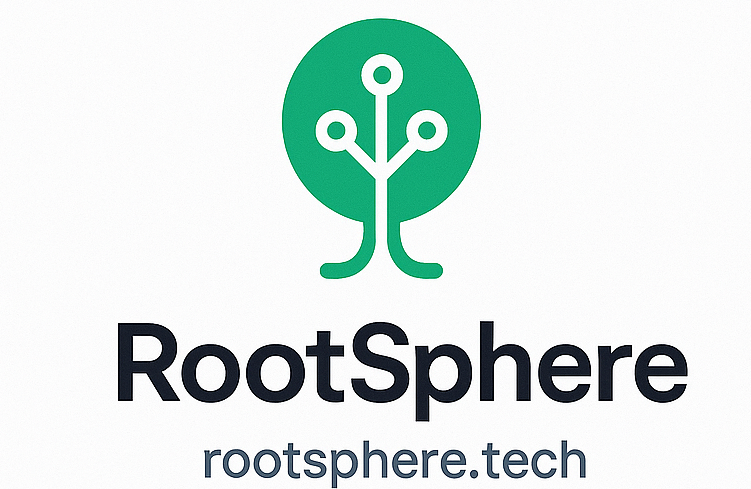OctoDNS: When Managing DNS Stops Being a Manual Chore
OctoDNS is what happens when system administrators get fed up with provider lock-in, inconsistent DNS interfaces, and error-prone manual edits. It’s a Python-based tool that lets teams define DNS zones as YAML files and sync them across dozens of providers. No fancy dashboards, no point-and-click GUIs — just clean, trackable configuration in version control.
Originally built at GitHub to solve real-world DNS headaches, OctoDNS now serves a wider purpose: making DNS changes repeatable, testable, and safe — across clouds, regions, and registrars.
What Sets It Apart
| Capability | Why It Matters in Real Life |
| One Format for Many Providers | OctoDNS smooths over the quirks of Route53, Cloudflare, Azure DNS, and others into a unified syntax. |
| Config as Code | DNS records live in plain YAML files. Auditable, reviewable, and deployable via Git. |
| Preview Before Deploy | Shows exactly what will change — no surprises after syncing. |
| Dry Runs That Catch Mistakes | Misconfigured TTLs or duplicate records? They’re flagged before going live. |
| Provider-Agnostic Migration | Moving from one DNS host to another? Just swap credentials. |
| Extendable Plugin System | New provider or custom API? Plug it in without changing core logic. |
| Environment-Specific Zones | Easy to model production vs staging DNS with shared templates. |
Setup in Practice — No Magic, Just Python
OctoDNS doesn’t require a server or agent. It’s a CLI tool you run from a CI pipeline, admin workstation, or anywhere with Python.
Basic steps for getting started:
# Set up a Python environment
python3 -m venv .venv
source .venv/bin/activate
# Install OctoDNS and the providers you need
pip install octodns
pip install octodns-route53 octodns-cloudflare
Then create a configuration file (config.yaml) that defines which providers are in use and what zones they manage. Credentials can be passed as environment variables.
Example layout:
providers:
route53:
class: octodns.provider.route53.Route53Provider
access_key_id: env/AWS_KEY
secret_access_key: env/AWS_SECRET
zones:
corp.example.com.:
sources:
– config
targets:
– route53
Zone-specific records live in a separate file like zones/corp.example.com.yaml and follow a clean, readable format. You push changes with:
octodns-sync –config-file=config.yaml –doit
Remove –doit to simulate without applying anything.
Where OctoDNS Fits — and Shines
It’s most useful in environments where DNS isn’t just “set it and forget it,” such as:
– Multi-cloud applications that need identical DNS across Route53, GCP, and Cloudflare
– DevOps workflows where DNS updates are part of deployments
– Teams managing dozens (or hundreds) of zones for sub-brands, clients, or microservices
– Rapid provider migration during acquisitions or vendor exits
– Split-horizon setups, staging mirrors, or temporary redirects that need full control
A Few Things to Keep in Mind
– It’s CLI-first. If you prefer clicking around a UI, this may feel stark.
– DNS propagation isn’t instant — OctoDNS only handles the configuration, not the TTLs or resolvers.
– Some provider APIs may behave inconsistently; dry runs help detect issues early.
– For CI use, store credentials securely — environment variables or secrets managers are strongly recommended.
Why Teams Stick With It
Once integrated into a GitOps workflow, OctoDNS becomes invisible — and that’s the goal. No more second-guessing who changed a record or why the staging zone broke. Every change is logged, reviewed, and rolled out with intent.
For teams managing infrastructure across hybrid clouds or juggling dozens of domains, OctoDNS often replaces brittle Terraform modules and messy manual edits. It’s not flashy — but it works.









